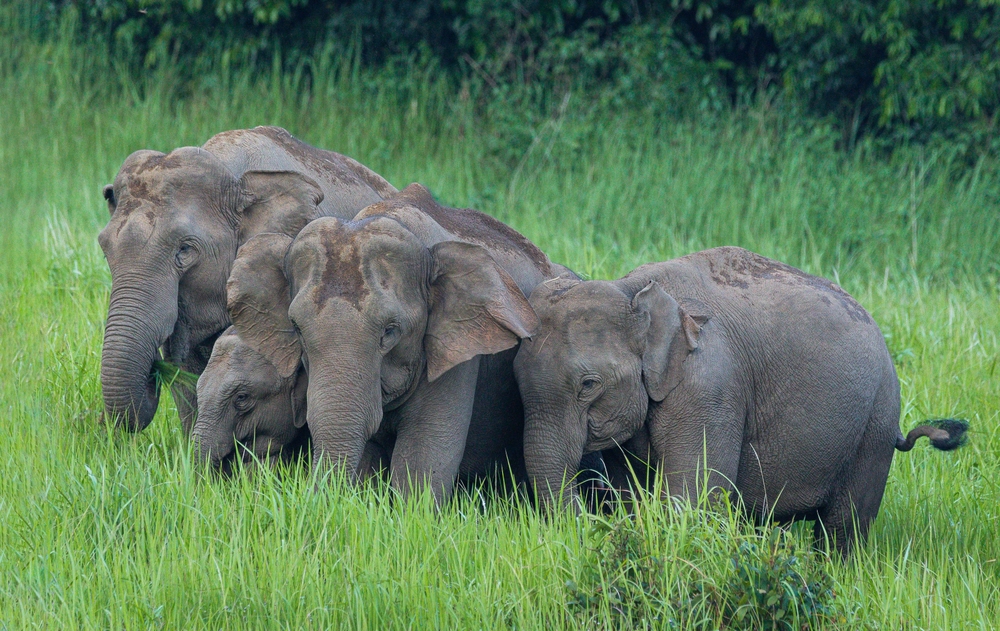Sri Nan Overview
Sri Nan National Park, located in Nan Province in northern Thailand, spans an impressive 398 square miles (1,030 square kilometers) of stunning natural beauty. Nestled in the remote and rugged highlands, the park is named after the Nan River, which courses through this captivating region.
It is a haven for nature enthusiasts, showcasing a variety of landscapes, from lush evergreen and deciduous forests to dramatic cliffs and rolling hills. The terrain here is diverse, with notable landmarks such as the soaring Phu Hua Sing viewpoint, which offers breathtaking panoramas, and the striking Sao Din Na Noi, a cluster of eroded soil formations resembling natural sculptures.
The park’s forested areas are dense with a mix of teak, bamboo, and evergreen species, providing a rich green tapestry that contrasts beautifully with the blue skies and rocky outcroppings. Waterfalls, such as the serene Huai Kon Waterfall, punctuate the landscape, creating serene spots for visitors to enjoy. Mist often cloaks the hills during the cooler months, adding a magical touch to the already enchanting scenery.
Sri Nan National Park is home to an incredible diversity of wildlife, making it a treasure trove for animal lovers and birdwatchers. The park’s mammals include barking deer, wild boars, and the occasional sighting of Asiatic black bears. It also hosts a vibrant bird population, with species like the black eagle, white-bellied woodpecker, and various hornbills delighting bird enthusiasts. Reptiles and amphibians, including various frogs and lizards, are also part of the park’s rich ecosystem. The park’s rivers and streams harbor aquatic life, adding to its biodiversity.
One of the park’s most popular attractions is the Phu Hua Sing viewpoint, which offers unforgettable views, particularly at sunrise. Other beloved features include the quiet charm of the Nan River, which provides opportunities for rafting and canoeing. The rugged trails throughout the park are ideal for trekking and exploring, leading adventurers to hidden waterfalls, caves, and remote scenic spots. The park is also culturally significant, with nearby villages offering glimpses into the traditional lifestyles of the local hill tribes.
Visitors can engage with the park through a variety of activities, including hiking, birdwatching, and camping under the starlit skies. The park’s management has also made efforts to promote eco-tourism, emphasizing minimal environmental impact while maximizing visitor experience.
Conservation remains a significant focus for Sri Nan National Park. Challenges such as illegal logging and poaching have been countered by strong enforcement measures and community engagement programs. Reforestation efforts and wildlife monitoring initiatives have shown success, with an increase in wildlife sightings and improved forest health over the years. The park’s management works closely with local communities to ensure the protection of its natural and cultural heritage, fostering a collaborative approach to conservation.


















































































